
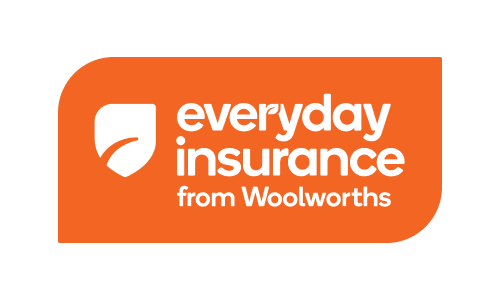

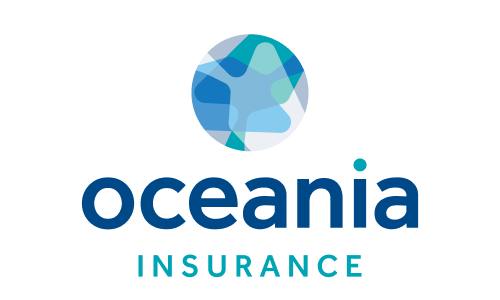
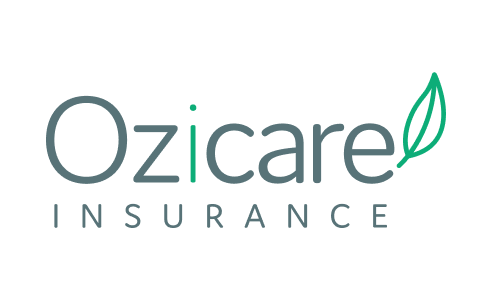

We do not compare all brands in the market or all products offered by all brands. At times certain brands or products may not be available or offered to you. Learn more about how our comparison service works.
What’s the difference between types of car insurance?
We’ve compiled this table of benefits to help you see the differences between the levels of cover. This information should be used as a guide only, as different policies and insurers might offer varying coverage.
Top 3 things to know about car insurance in Tasmania
It pays to compare
Compare quotes in minutes and start saving today.
Simple to use
Get started by answering a few quick questions to help us understand your needs.
Compare & save
Save time and money by easily comparing options from a range of providers side-by-side.
Switching is easy
Follow a few easy steps online to switch to a new deal that suits you and your budget.

Why compare with us?
Our smart comparison technology is trusted, free, safe and secure.
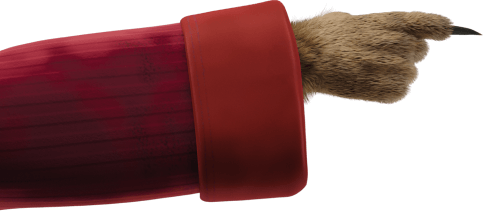
We believe the best decisions start with a comparison.
We’re proud to have helped millions of Aussies look for a better deal.




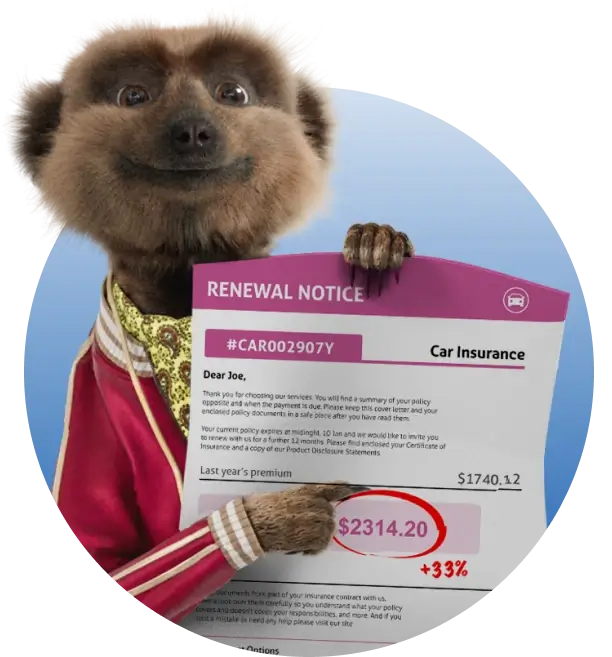




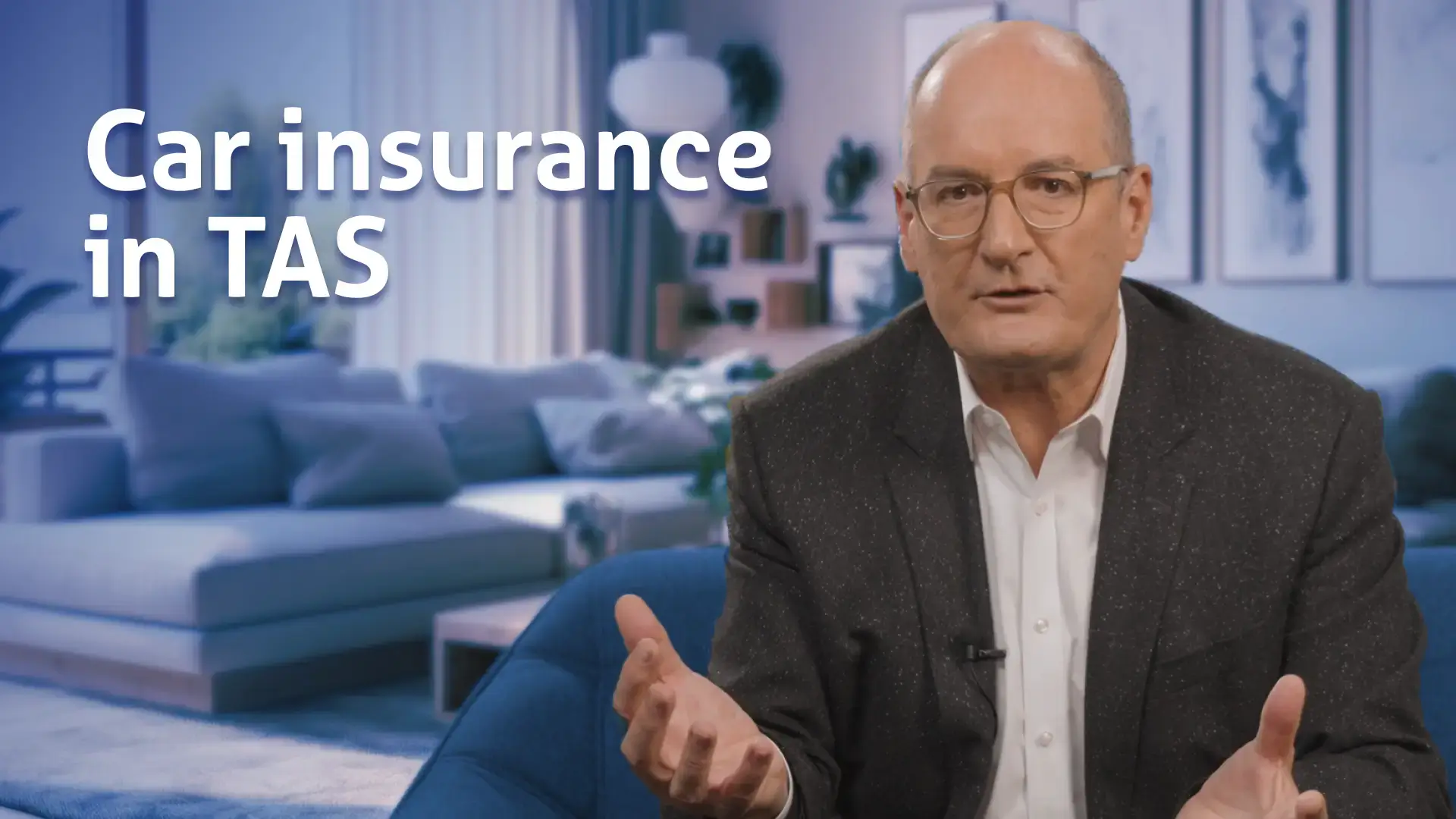

 There are several factors car insurance providers take into account when calculating your car insurance quote. Here are just a few things that might affect the price of your policy:
There are several factors car insurance providers take into account when calculating your car insurance quote. Here are just a few things that might affect the price of your policy: